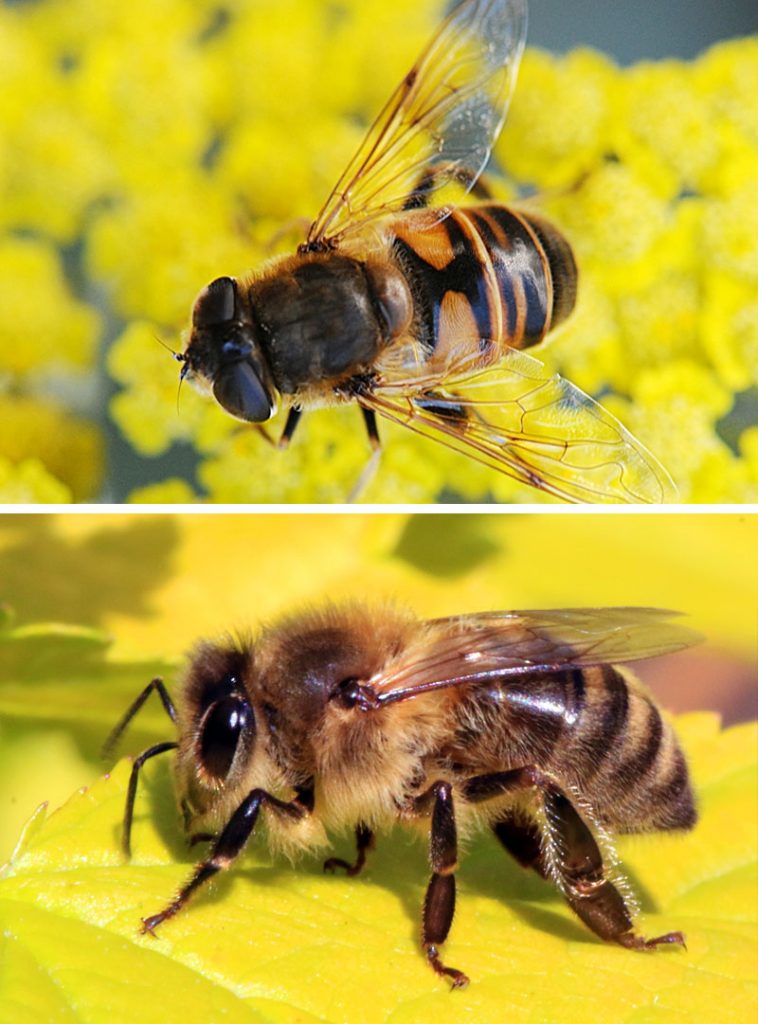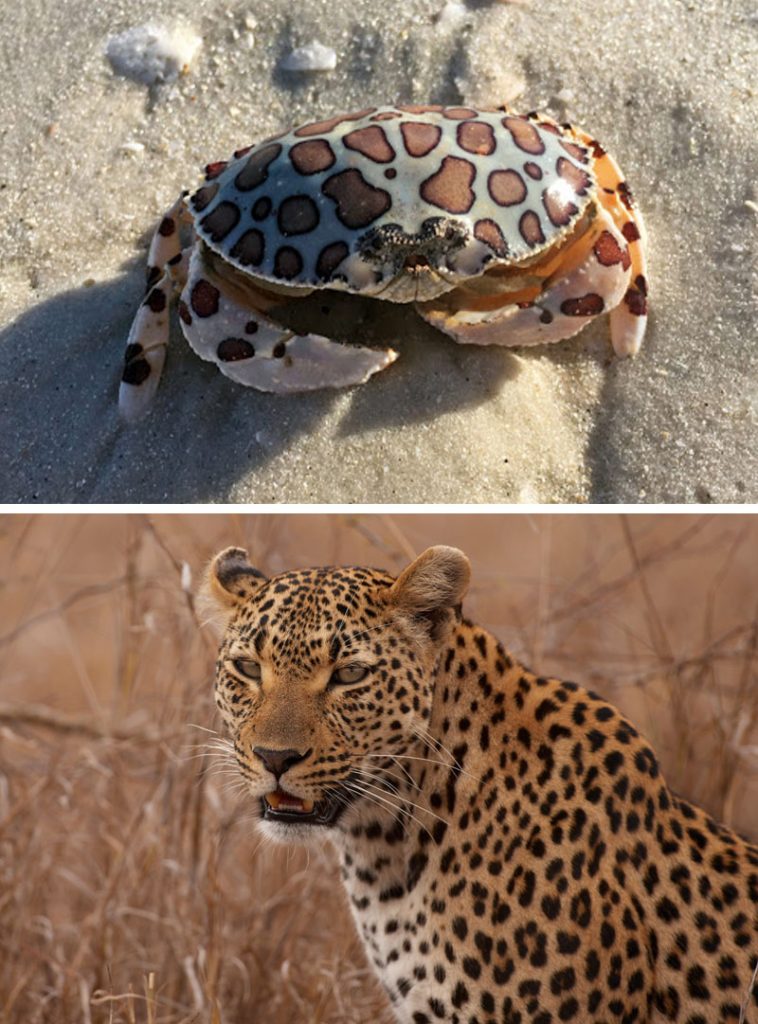Why do some animals adopt the looks of others? There are many reasons for that starting with thermoregulation or camouflage and ending with impressing a future partner or scaring off a potential rival. Some creatures develop colours and patterns similar to those of venomous species (like the Arizona kingsnake that copycats the deadly coral snake).
Other critters mimic others’ looks for no apparent reason, which only adds up to the many mysteries of Mother Nature. Here are 7 magnificent creatures that look like completely different animals.
Panda Ant
Panda ants are tricky beasts because they are neither pandas, nor ants. Yes, these panda-coloured insects are, in fact, Chilean wasps. Panda ants’ females actually do resemble ants – with black ringed-eyes and a stripy black-and-white body that looks just like that of a Panda bear. The males, on the other hand, look much more like wasps – they have wings, but don’t have the dangerous-looking stingers their females use to lay eggs.

Alligator Bug
Also known as peanut-head bug, this creature does know a thing or two about self-defence. It has a huge structure on its head that resembles the jaws of an alligator or a serpent’s head. This can easily deceive most predators, such as birds, who would think twice before attacking this creature. And if that doesn’t work, alligator bug has an eye pattern on its wings that will further confuse the predator.

Snake-Mimic Caterpillar
How about a caterpillar that takes on the looks of a pit viper snake? You will not believe your eyes when you see this creature – it looks exactly like a snake! The hawk moth larva doesn’t spend all its time looking like a deadly predator – only when it’s disturbed or threatened in any way. There’s one drawback, though, as this cool ability is available only during the moulting period of the caterpillar.

Bee Fly
No one likes to mess with a bee, that’s why bee flies developed a look similar to that of a bumblebee. Bee fly has a fuzzy body with bee-like stripes that come in different hues and colours depending on the species. Crab spiders, ambush bugs, and other predators are easily deceived by the similar look. You will notice an ‘H’ engraved on the back of the bee fly, that’s why they’re often called The H Bee.

Hercules Beetles
Hercules beetles are among the strongest animals on the planet, second only to dung beetles that can lift a load around 1,000 heavier than their body weight. Hercules beetle can lift something that is around 800 times heavier than its actual weight. What makes Hercules beetles stand out from the rest is the gorgeous headpiece looking like a crab claw. They use these strong horns during mating games to fight off opponents.

Leopard Crab
Also known as calico crab, the leopard crab has spots similar to that of a big cat. This specific coloration allows the crab to hide better in the sand, using it as a camouflage. Just like with military uniforms, a multi-coloured print is always better than the one made of solid colour as it is more visible against the background that has various colours. Leopard crab spends most of his time buried in the sand, which, combined with leopard spots, makes him untraceable for the predators.

Arizona Mountain Kingsnake
This buddy definitely looks like a properly venomous creature, but this is the rare case of looks that can be deceiving. The coloration is indeed very similar to the poisonous coral snake, but the placing of black, red, and yellowish-white stripes is a bit different. If you look closely, the coral snake has its reds touching the whites, while the imposter Arizona mountain kingsnake has its reds touching the blacks. That’s how you can tell them apart!
Source: zestradar.com
